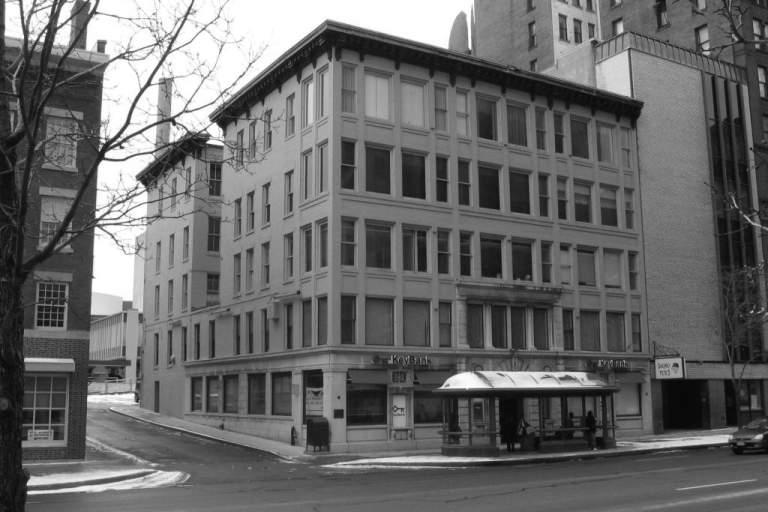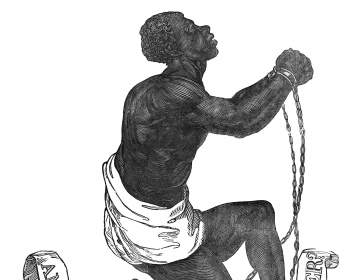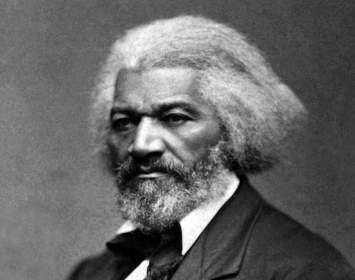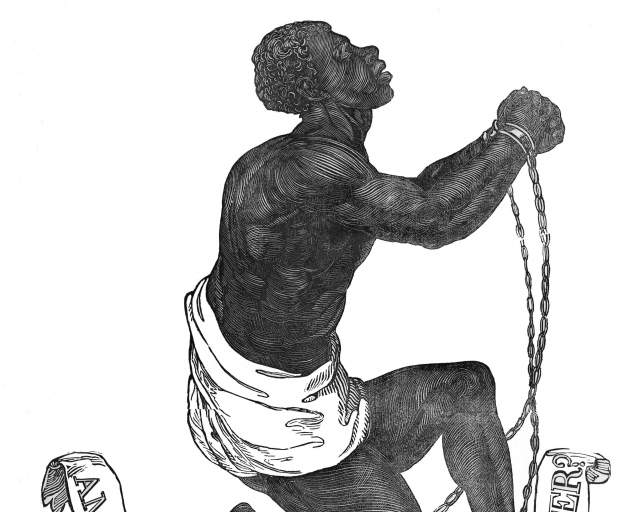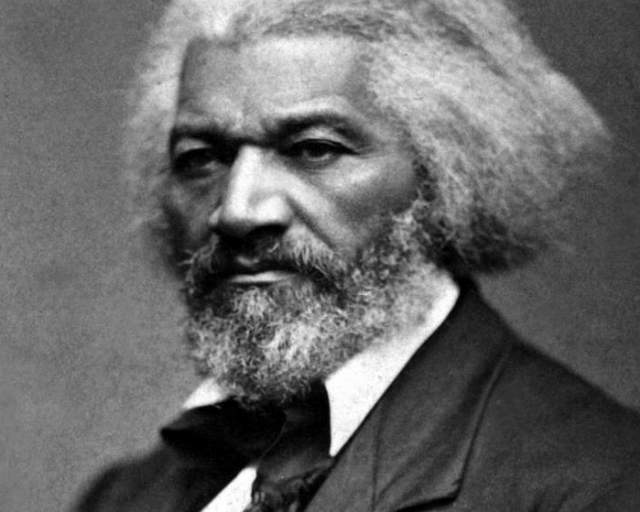From 1847 through 1863, Frederick Douglass published nationally significant antislavery newspapers from an office in this building. From 1847 to 1851 the paper was known as The North Star, the title under which it achieved enduring fame. From 1851 to 1860, it was known as Frederick Douglass’s Paper and for the next three years became an abolitionist journal titled Douglass’s Monthly. Thereafter Douglass retired from publishing to devote himself to recruiting African American soldiers for the Union Army.
In addition, the abolitionist activist Harriet Jacobs operated an antislavery reading room in this building circa 1849; further, it was a station on the Underground Railroad, in conjunction with and also independent of Douglass’s activities on this site. Douglass is known to have harbored parties of escaping slaves at his office, including at least one party led by the iconic Harriet Tubman.
The Building and the Site. The building has an interesting history. Circa 1820, the rear [south side] of the plot fronted on Child’s Basin, then an inlet running off the Genesee River (now Basin Street). Several cut stone buildings fronted on Buffalo Street (now Main Street) and shared "frontage" on the Basin. By 1844 to 1847, the entire plot had been occupied by a four-story building identified in city records as the Talman Block. The name refers to Mary Talman, daughter of Mary Talman, who in his turn had received a 100-acre tract comprising most of present downtown Rochester from city founder Nathaniel Rochester (ironically, a Maryland slave owner) and one Charles Carroll in 1817. This structure forms the core of the present building, utilizing the old cut stone walls (up to 24 inches thick) for the back wall with the remainder constructed of brick. Between 1865 and 1868 after Douglass had left the building, then-owner A. Carter Wilder added a fifth story with a mansard roof. Circa 1915, the mansard roof was replaced with a full fifth story, creating the building’s current facade.
A plaque on the building’s facade (see photo 2) marks it as a Historic Site in Journalism because of Douglass’s work with The North Star, so designated by the Society of Professional Journalists, Sigma Delta Chi.
The Talman Block stands across State Street from the Reynolds Arcade, where in the early 1830s, the freethought activist Obadiah Dogberry (pseudonym of Abner Cole) published the weekly radical newspaper The Liberal Advocate.
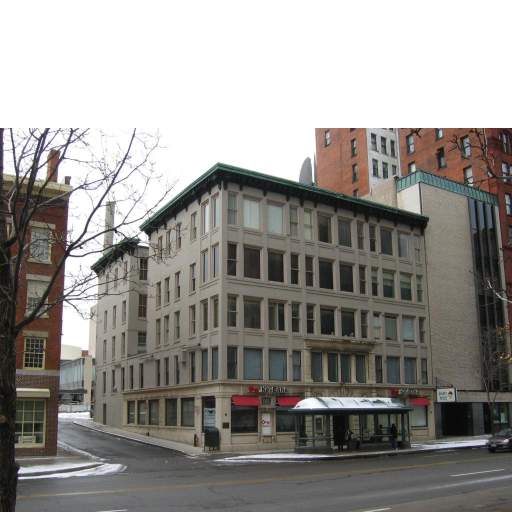
Talman Building
Site of the editorial office of Frederick Douglass's influential abolitionist newspaper, The North Star (1847–1863).
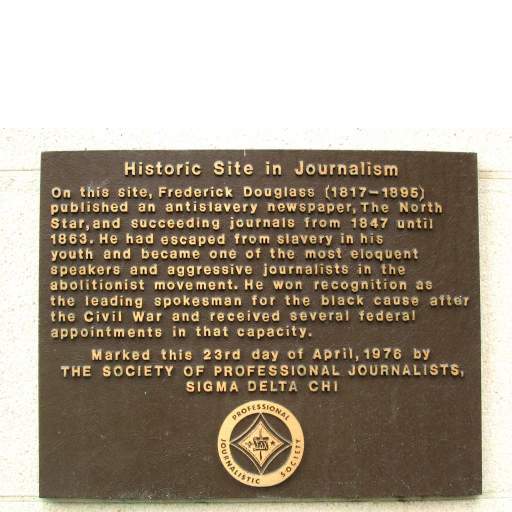
Journalism Society Plaque
The Society of Professional Journalists, Sigma Delta Chi, affixed a historical marker to the Talman Building commemorating Frederick Douglass's activities on this site as editor of The North Star.
